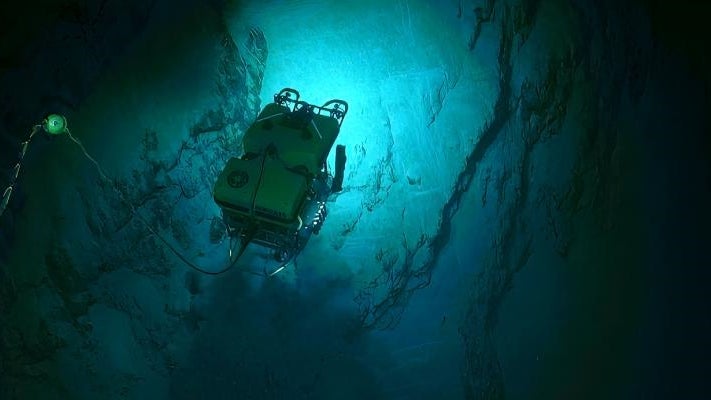
ROV Study
Adam Soule (URI), Andy Bowen (WHOI) and Leila Hamdan (USM)
Photo by OET
Overview
The MDBC restoration projects require ready access to an ROV system that can meet operational needs for a range of activities including benthic observations, biological, geochemical, and geological collections, coral fragmentation and placement, and instrument deployment and placement. Potential solutions for an ROV capability to meet the projects’ requirements should balance the needs of: flexible capabilities for complex science operations and payload, small footprint to integrate with a wide range of vessels (regional – to ocean class), high reliability, minimized costs, integration of tele-operations, -engineering, -science, and operational depths of MDBC sites. We anticipate a medium work-class ROV (e.g., smaller footprint than WHOI’s Jason ROV, yet larger and more capable than the ROVs Mohawk and Beagle, which the MDBC teams are employing in mesophotic depths) will provide the best solution for MDBC. This study evaluates the feasibility of various options to build or procure dedicated deepwater ROV capacity to meet the needs of the MDBC projects in the Gulf of Mexico.

